Located in the heart of Mysuru (Mysore), Karnataka, the Mysore Palace stands as a monumental symbol of India’s royal legacy. An exquisite example of architectural brilliance and cultural richness, it offers visitors a fascinating glimpse into the opulent lifestyle and grand traditions of the Wadiyar dynasty, which ruled the region for centuries.
For travelers eager to explore the magnificence of Indian royalty, a visit to the Mysore Palace is essential. It is much more than just a building it’s a living tribute to India’s regal past, blending history, art, culture, and fine craftsmanship. Here’s a closer look at what you can experience within the palace walls:
1. Architectural Majesty
The Mysore Palace is a captivating fusion of Hindu, Mughal, Rajput, and Gothic architectural styles, resulting in a structure that’s both unique and breathtaking. Designed by British architect Henry Irwin, the palace features an impressive façade, detailed arches, and vast courtyards. Its grandeur will make you feel as though you've stepped into a royal era, as you stroll through its magnificent halls and chambers.
Highlights include:
- Amba Vilas Hall, with its luxurious stained-glass windows and exquisite chandeliers.
- Kalyana Mantapa (Marriage Hall), where intricately designed wooden columns and a stunning dome add to its beauty.
- Durbar Hall, once the setting for the Maharaja’s court, with its mesmerizing mosaic floors and magnificent arches.
2. Royal Chambers and Their Stories
Each room in the Mysore Palace tells its own royal tale. The palace is divided into multiple rooms, each steeped in historical significance and royal allure.
Notable Rooms:
- Maharaja’s Chambers: These private quarters are adorned with lavish European-style furniture, Persian carpets, and intricately carved wooden panels.
- Queen’s Chamber: With its rich silk tapestries, this room reflects the influence of various cultures embraced by the Wadiyars.
- Public Durbar Hall: A grand setting for royal ceremonies, featuring a regal throne and artwork that showcases the wealth and culture of the time.
The rooms reveal the royal family’s refined tastes, wealth, and cultural influences, with their detailed artwork, fine tapestries, and luxurious furniture offering a glimpse into the splendor of that era.
3. Royal Artefacts and Art Collections
Mysore Palace houses an extraordinary collection of royal artefacts, each one a piece of history. The treasures range from ancient weapons and jewelry to artworks that immortalize significant events in time. History enthusiasts and art lovers alike will be captivated by the palace’s priceless exhibits:
- Antique Weapons: The palace displays an impressive array of weapons used by the royal family, including swords, shields, and daggers, highlighting the military might of the Wadiyars.
- Jewels and Armor: You’ll find intricate jewelry, crowns, and armors that once adorned the Maharajas, showcasing the artistry and luxury of the royal era.
- Sculptures and Paintings: The walls of the palace are adorned with stunning paintings of gods, goddesses, and royal family members, including detailed portrayals of historic events and royal portraits.
- Ivory and Silver Art: The collection of ivory carvings and silver artifacts speaks to the skillful craftsmanship and opulence enjoyed by the royals.
4. The Palace Gardens
The splendor of the Mysore Palace extends beyond its walls, particularly in the Brindavan Gardens, located just outside the palace. Known for its manicured lawns, fountains, and captivating evening light shows, the gardens offer a fitting complement to the royal experience. Designed in a blend of Mughal and Rajput styles, the gardens feature elegant water channels and decorative fountains.
5. Cultural Insights: The Mysore Dasara Festival
Visiting the Mysore Palace during the Mysore Dasara Festival transforms the experience into something extraordinary. This 10-day celebration, one of the most important festivals in Karnataka, honors the victory of good over evil. The palace becomes the focal point for grand processions, cultural performances, and the royal family's annual appearance. For travelers, witnessing the majestic procession, complete with elephants and dancers, offers a deep cultural immersion into India’s royal heritage.
6. Travel Tips for Visiting
- Best Time to Visit: While the palace is open year-round, the best time to visit is during the cooler months (October to March). If you’re lucky enough to be in Mysore during the Mysore Dasara Festival, typically held in September or October, it offers an unforgettable experience of royal festivities.
- Visiting Hours: The Mysore Palace is open every day from 10 AM to 5:30 PM, but it’s recommended to check for any special events or changes in timings.
- Photography: Photography is allowed in the palace courtyards, but there may be restrictions inside the palace rooms, so it’s important to follow the rules.
To explore Mysore Palace, head to skyroutetravel.in. You’ll find all the information you need for your visit. Book your tickets and experience the grandeur of the palace.

 Canada
Canada
 Sri Lanka
Sri Lanka
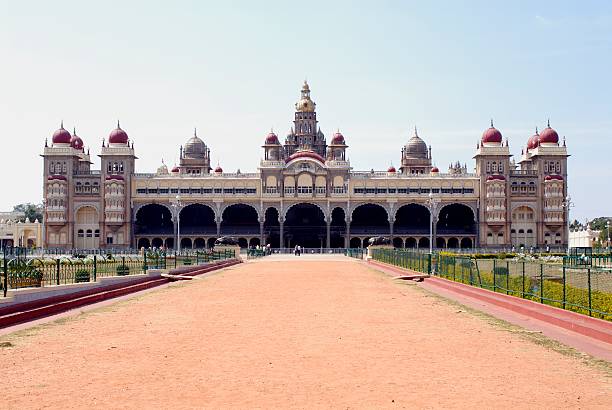
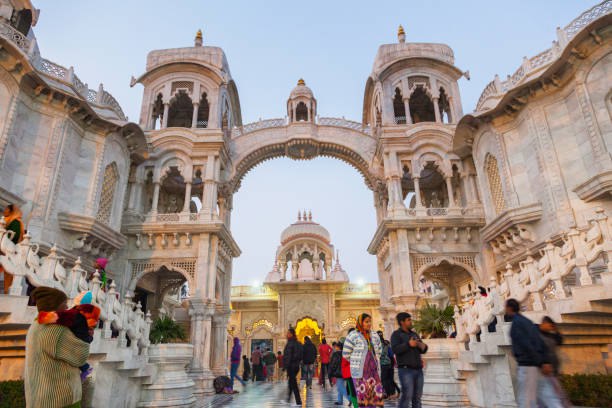
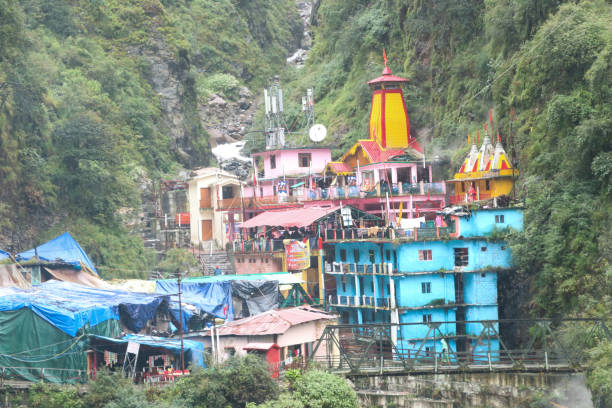
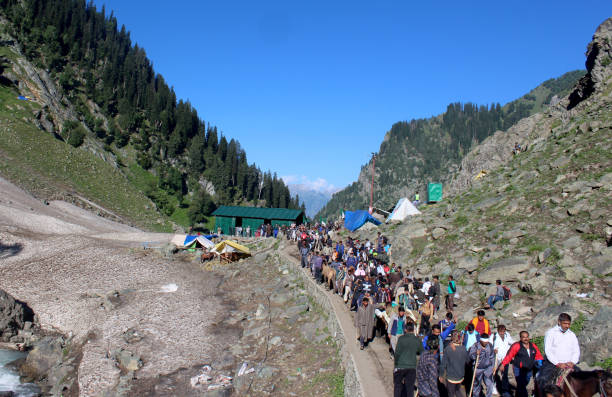
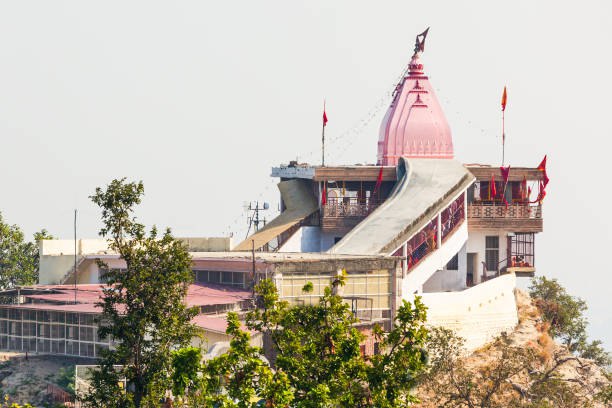
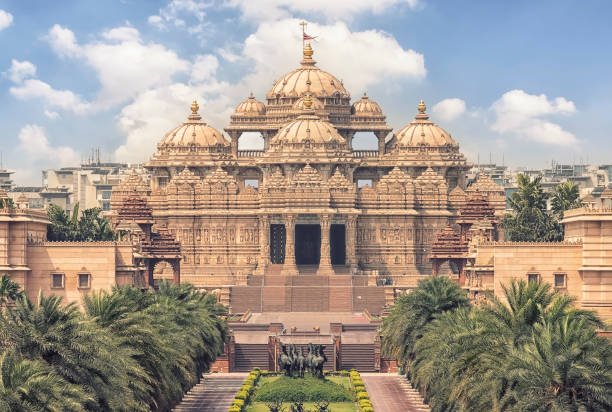
0 comments for this post